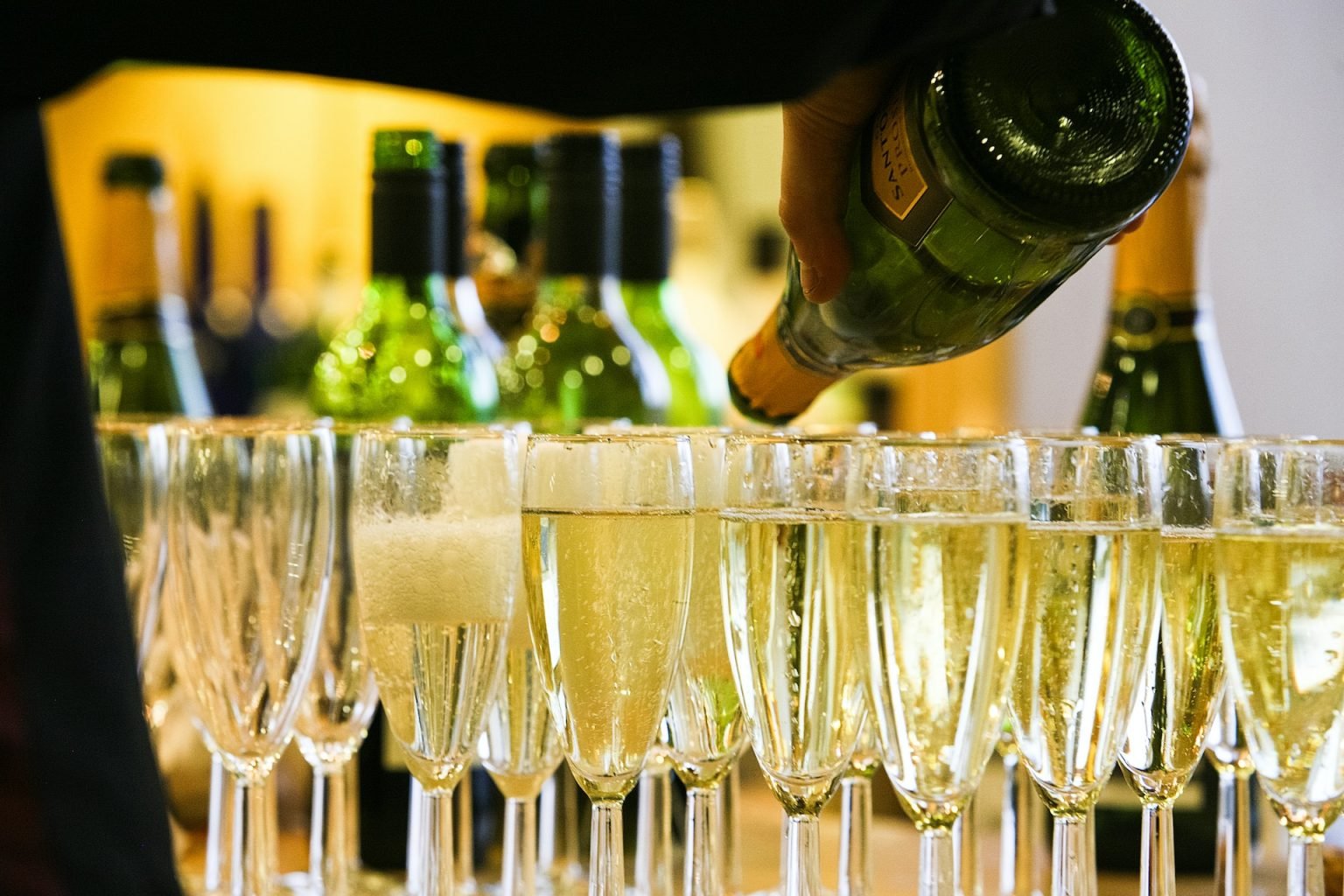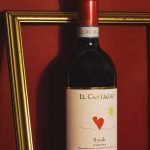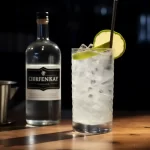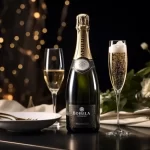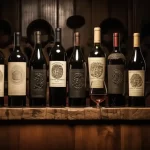Sparkling wine is a type of wine that has carbon dioxide bubbles in it. The bubbles are created during the fermentation process when yeast converts sugar into alcohol and carbon dioxide. In still wine, the carbon dioxide is released into the air, but in sparkling wine, the carbon dioxide is trapped in the bottle.
History of Sparkling Wine
Sparkling wine has a long and fascinating history. The first sparkling wine is believed to have been made accidentally in the 1600s in the Champagne region of France. The wine was stored in bottles during the winter, and when the temperature rose in the spring, the wine started to ferment again, creating bubbles. Over time, winemakers in the Champagne region perfected the process of making sparkling wine, and it became a popular drink among the French nobility.
Types of Sparkling Wine
There are several types of sparkling wine, each with its unique flavor and style. The most popular types of sparkling wine include:
Champagne
Champagne is a sparkling wine that comes from the Champagne region of France. It is made using a specific method called the traditional method, which involves a secondary fermentation in the bottle. Champagne is known for its delicate bubbles, crisp acidity, and complex flavors.
Prosecco
Prosecco is a sparkling wine that comes from the Veneto region of Italy. It is made using the Charmat method, which involves a secondary fermentation in tanks. Prosecco is known for its fruity flavors and floral aromas.
Cava
Cava is a sparkling wine that comes from the Catalonia region of Spain. It is made using the traditional method, similar to Champagne. Cava is known for its citrusy flavors and dry finish.
Sparkling Rosé
Sparkling Rosé is a sparkling wine that is made using red grapes. It can be made using the traditional method or the Charmat method. Sparkling Rosé is known for its refreshing acidity and fruity flavors.
How is Sparkling Wine Made?
Sparkling wine can be made using several methods, but the most common methods are the traditional method and the Charmat method.
The Traditional Method
The traditional method involves a secondary fermentation in the bottle. After the initial fermentation, the wine is bottled with a mixture of yeast and sugar, called the liqueur de tirage. The yeast consumes the sugar, producing carbon dioxide, which is trapped in the bottle, creating bubbles. The wine is then aged on the lees, which are the dead yeast cells, for several months to develop its complex flavors.
The Charmat Method
The Charmat method involves a secondary fermentation in tanks. After the initial fermentation, the wine is transferred to tanks with a mixture of yeast and sugar. The yeast consumes the sugar, producing carbon dioxide, which is trapped in the tank, creating bubbles. The wine is then bottled under pressure to retain its effervescence.
Serving Sparkling Wine
Sparkling wine should be served chilled, between 40-50°F. It is best to chill the wine in a bucket of ice and water for 30 minutes before serving. When opening the bottle, hold the cork firmly and twist the bottle, not the cork. This will prevent the cork from flying off and spilling the wine.
Food Pairings
Sparkling wine is a versatile wine that can pair well with a variety of foods. Here are some food pairings that work well with sparkling wine:
Oysters and seafood: The crisp acidity of sparkling wine pairs well with the briny flavors of oysters and other seafood dishes.
Cheese and charcuterie: The effervescence of sparkling wine can cut through the richness of cheese and charcuterie, making it a perfect pairing.
Fried and salty foods: The bubbles in sparkling wine can cut through the richness of fried and salty foods, making it a refreshing pairing.
Spicy foods: The sweetness in sparkling wine can help tame the heat in spicy foods, making it a surprising but delightful pairing.
Desserts: Sparkling wine pairs well with desserts like fruit tarts, sorbets, and cheesecake.
Buying and Storing Sparkling Wine
When buying sparkling wine, it’s essential to look for quality wines from reputable producers. Look for the label to see which method was used to make the wine. Wines made using the traditional method tend to be of higher quality and more expensive than wines made using the Charmat method.
When storing sparkling wine, it’s essential to store it on its side in a cool, dark place. This will help keep the cork moist and prevent air from entering the bottle. Sparkling wine should be stored at a constant temperature of around 50-55°F.
Conclusion
Sparkling wine is a delightful and versatile wine that can be enjoyed on its own or paired with a variety of foods. Whether you prefer Champagne, Prosecco, Cava, or Sparkling Rosé, there is a sparkling wine for every occasion. Remember to serve it chilled, pair it with the right foods, and store it properly to enjoy it at its best.
FAQs
Is all sparkling wine Champagne?
No, Champagne is a specific type of sparkling wine that comes from the Champagne region of France.
Can sparkling wine be aged?
Yes, sparkling wine can be aged on the lees, which are the dead yeast cells, to develop its complex flavors.
How long can you keep an open bottle of sparkling wine?
An open bottle of sparkling wine can be kept in the refrigerator for 1-3 days.
Can sparkling wine go bad?
Yes, sparkling wine can go bad if it’s not stored properly or if it’s past its expiration date.
Can sparkling wine be served with red meat?
While it’s not a traditional pairing, sparkling wine can be enjoyed with red meat if paired with the right flavors and seasonings.

